The national marine sanctuaries' engaging lesson plans and activities allow students to understand the ecological and historical importance of shipwrecks in America's underwater treasures and how they came to be through critical thinking exercises, games, and other activities.
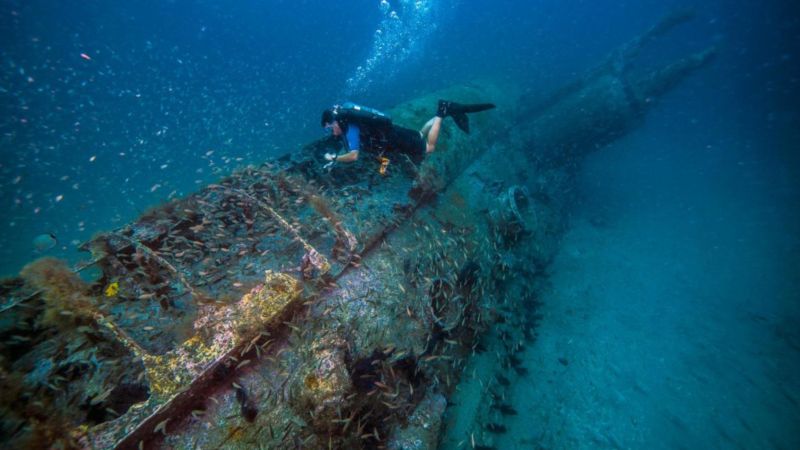
Students explore phenomena observed at national marine sanctuaries or monuments. They investigate reasons for ocean exploration and benefits to humans. They discover that most of the ocean is unexplored and that exploration is critical for protecting life on Earth and finding new resources.
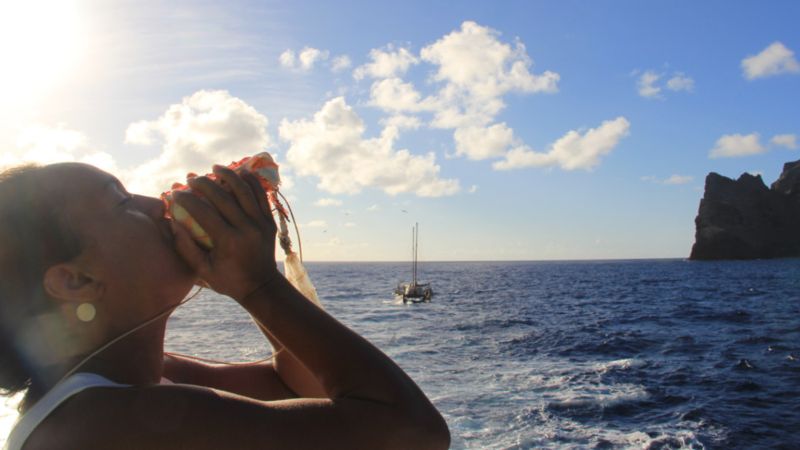
Students investigate an ocean explorer and their work in and around national marine sanctuaries or monuments. Students will realize that we know very little about the ocean, with many mysteries yet to be investigated.
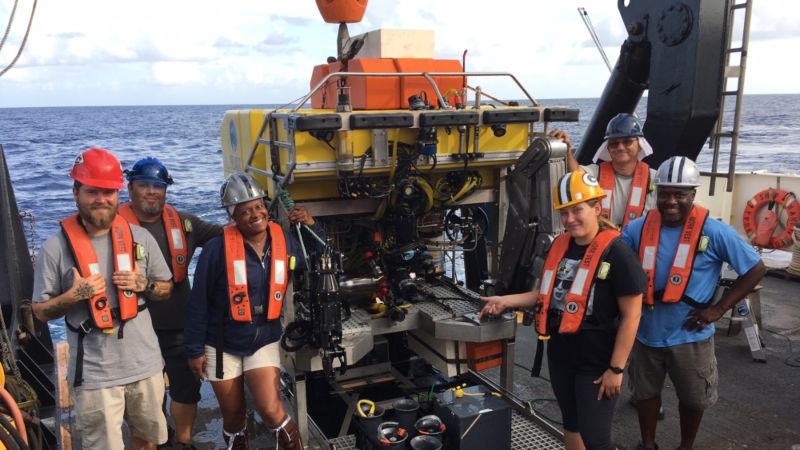
Students plan an expedition to a national marine sanctuary or monument. They choose a phenomenon to investigate, select personnel they will hire and technology they will use. Students create a research question, mission statement, expedition budget and justify how their choices support the mission.
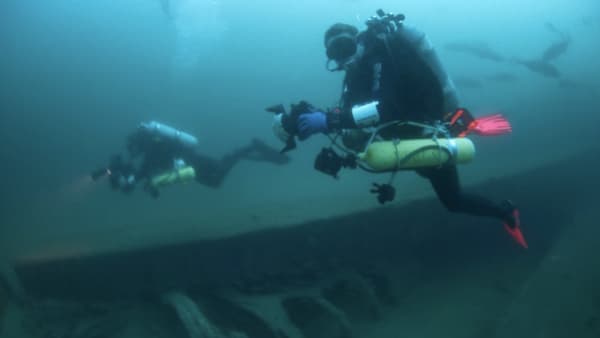
A curriculum guide that introduces students to the world of NOAA and its Maritime Heritage Program. The order of the curriculum flows sequentially from learning why shipwrecks are important, to the study of the tools used by maritime archeologists, to understanding the complex and sometimes costly process of recovering and conserving artifacts.
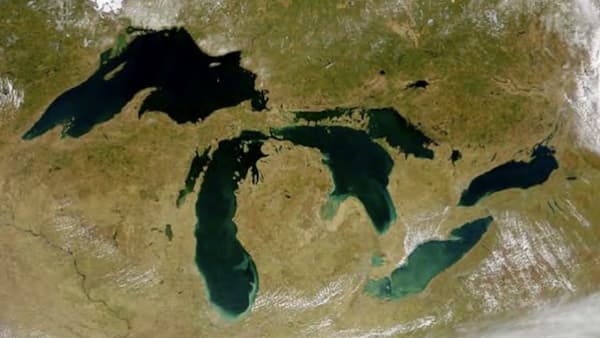
In pairs, students will research the historical, ecological, and economic importance of Thunder Bay National Marine Sanctuary by focusing on the wreck of D.M. Wilson, a wooden coal freighter that sank in 1894.
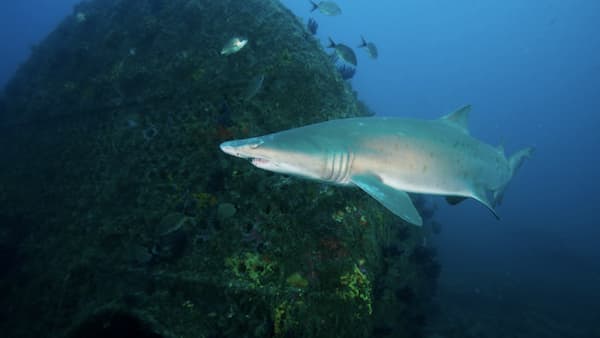
Students experience the unique maritime history of the Graveyard of the Atlantic when they watch one, or all ten, video clips. Spanning hundreds of years, the shipwrecks off the Outer Banks, North Carolina represent multiple eras of colonization, development, and commerce along the eastern seaboard.
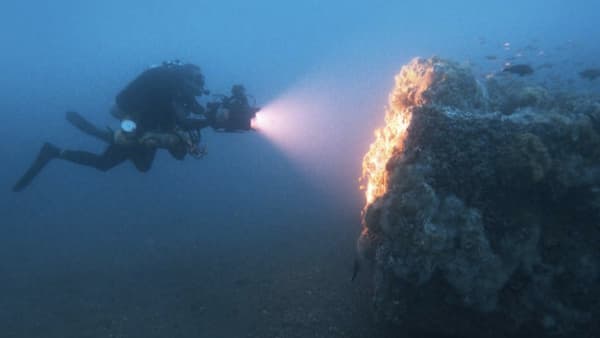
In this guide, learn about the USS Monitor and the lasting impact this innovative ship left on naval history. The comprehensive guide explores the tensions surrounding the Civil War, the transitions from wood to iron ships, and Monitor today.
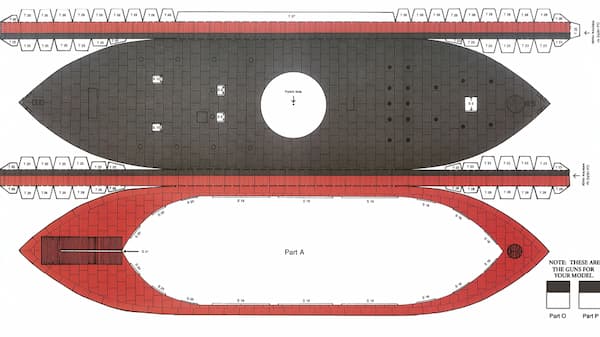
Download this model to make your own Monitor at home.

A middle school lesson that highlights shipwrecks as artificial reefs. Students conduct a mock biological survey of fish populations using practiced methods of visual census transects and stationary quadrats. Students apply and practice data sampling, collection, and analysis techniques.

Students, equipped with a slate, compass, and measuring tape, begin their journey down the imaginary anchor line to the shipwreck awaiting them on the lake bottom or seabed. They have left the realm of their classroom to become underwater archaeologists, sent to document the history entombed within our country’s vast collection of shipwrecks.
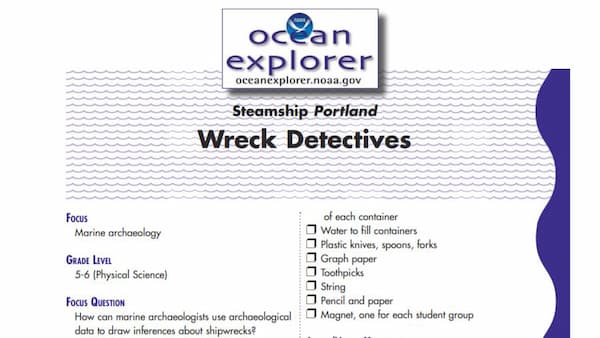
Students will be able to use a grid system to document the location of artifacts recovered from a model shipwreck site, use data about the location and types of artifacts recovered from a model shipwreck site to draw inferences about the sunken ship and the people who were aboard, and can identify and explain types of evidence and expertise that can help verify the nature and historical content of artifacts recovered from shipwrecks.
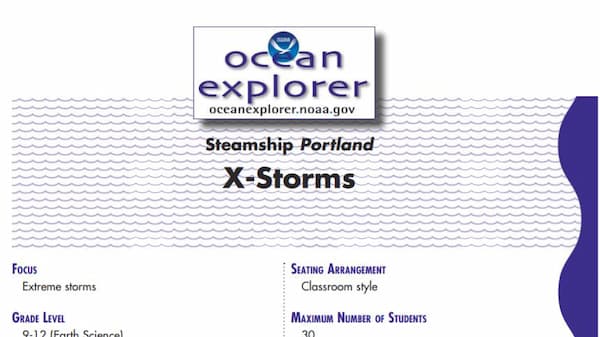
Students will be able to learn more about the destructive force hurricanes pose to shipping and human activity through examination of extreme storm conditions. Using the historical case study of the shipwreck Portland and the 1991 Nor’easter, students will understand how storms form, and their danger to maritime activity.
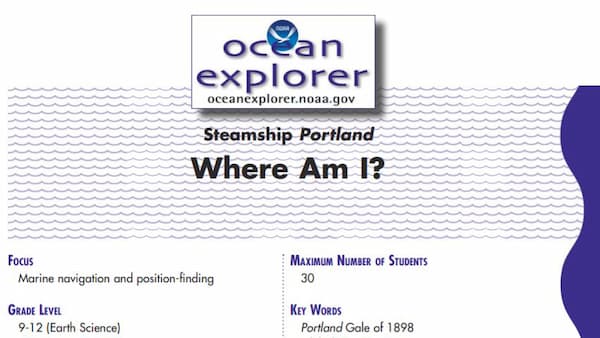
Effective shipping and commerce has always relied on accurate navigation and position finding. Students will be able to identify and explain at least seven different techniques that have been used for marine navigation and position finding, explain the purpose of a marine sextant, and use an astrolabe to solve practical trigonometric problems.
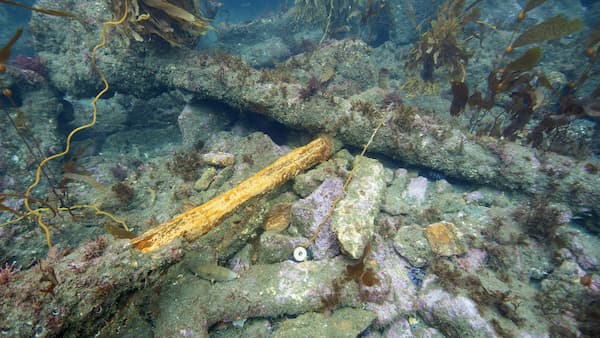
Students will be able to plot the position of a vessel given two bearings from the vessel on appropriate landmarks, draw inferences about a shipwreck given information on the location and characteristics of artifacts from the wreck, and explain how the debris field associated with a shipwreck gives clues about the circumstances of the vessel’s sinking.
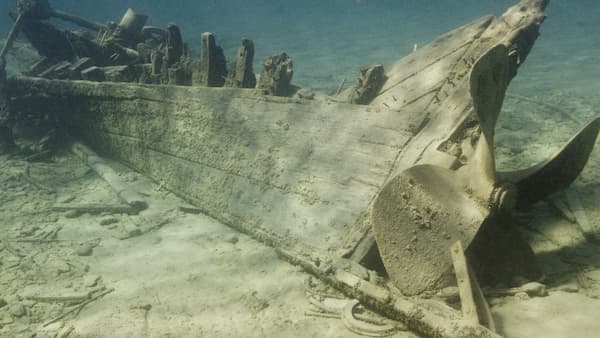
Students work in teams to piece together individual images that make up shipwreck photomosaics. They then match their completed photomosaics with those of other groups and attempt to identify their shipwrecks. Students will understand how maritime archeologists document shipwreck sites.
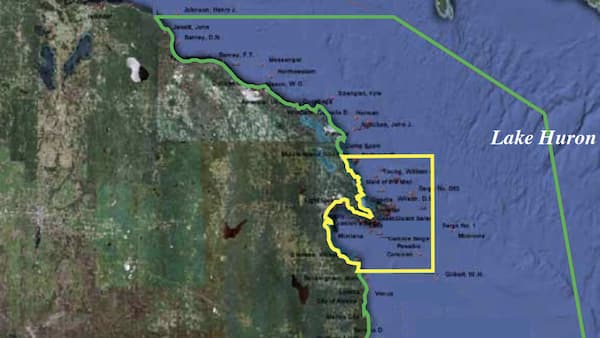
Students will draw inferences about a shipwreck given information on the location and characteristics of artifacts from the wreck. Students will explain at least three types of evidence that could support inferences about the use of maritime technology in the nineteenth century.
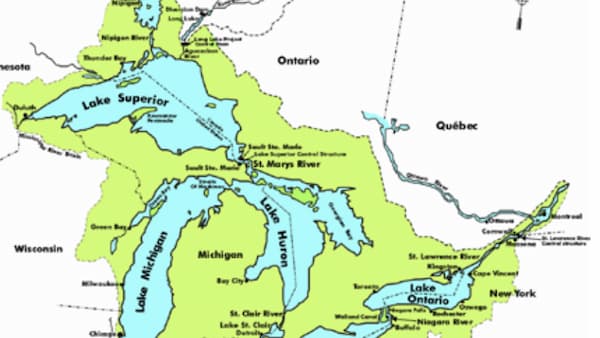
Students will be able to explain the basic operation of a steam engine. Students will be able to identify and describe the energy conversions involved in the operation of a steam engine. Students will be able to identify at last three simple machines in a steam engine and explain their function.
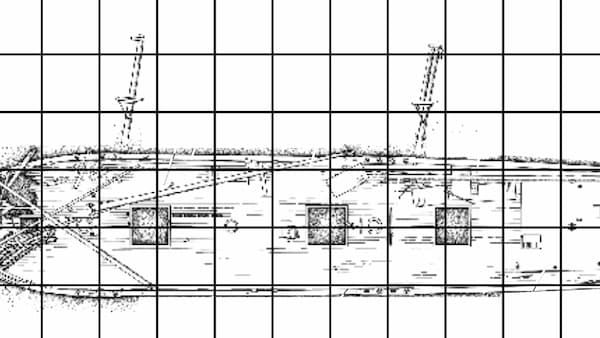
Students will draw inferences about a shipwreck given information on the location and characteristics of artifacts from the wreck. Students will explain at least three types of evidence that could support inferences about the use of maritime technology in the nineteenth century.
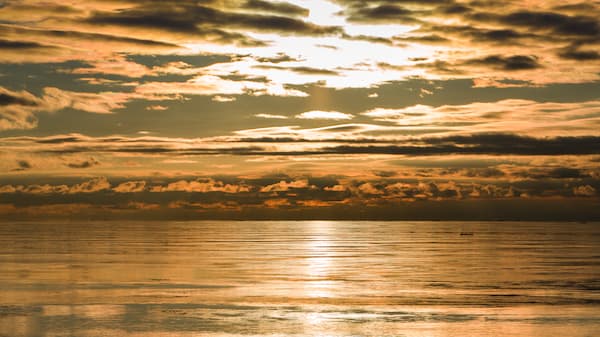
Students will be able to discuss the advantages and disadvantages of using underwater robots in scientific explorations. Given a specific exploration task, students will be able to identify key design requirements for a robotic vehicle that is capable of carrying out this task. Students will be able to describe practical approaches to meet identified design requirements.
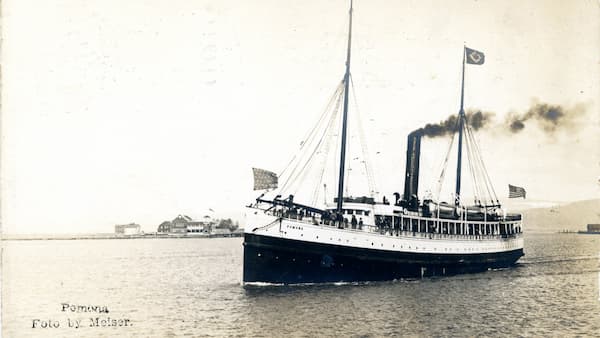
Students will create a bookmark that shares the story of one of the many wrecks in and around Thunder Bay National Marine Sanctuary. They will read about the history of that specific vessel as well as identify different characteristics of the shipwreck.
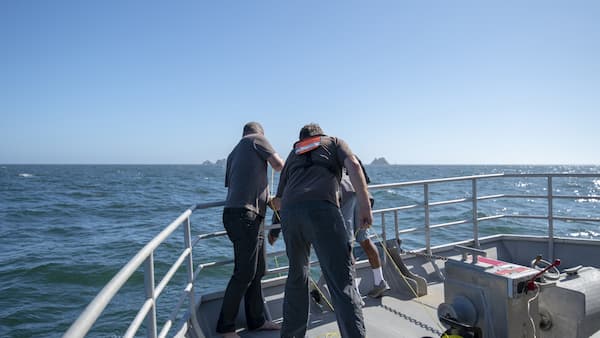
Students will work in teams and will act as real maritime archaeologists piecing together single images of real shipwrecks. When they have successfully arranged the photomosaic, try to identify which vessel was put together.
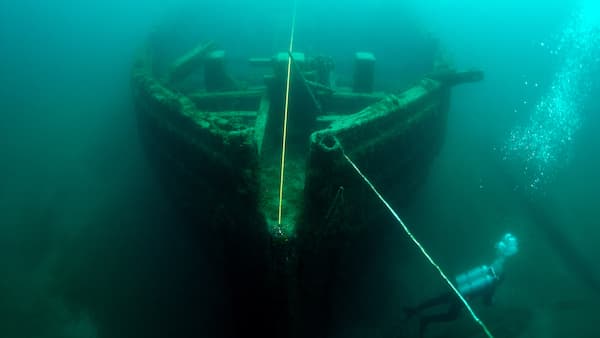
In this activity, students will act as maritime archaeologists and will need to collect data in order to make hypotheses about a shipwreck. After the students have made their observations in groups, they will answer critical thinking questions based on what they observed.
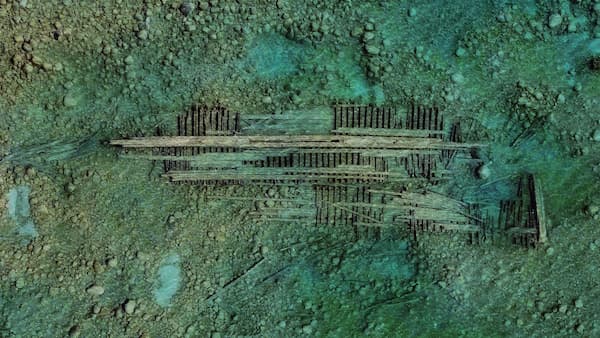
Students will be able to describe side-scan sonar, compare and contrast side-scan sonar with other methods used to search for underwater objects, make inferences about the topography of an unknown and invisible landscape based on systematic discontinuous measurements of surface relief.
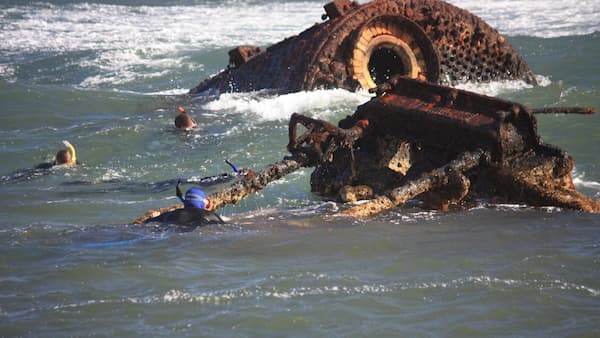
Students will be able to explain the basic operation of a steam engine and will identify and describe the energy conversions involved in the operation of a steam engine.

As the story begins, a group of maritime archeologists are planning an expedition to search for a shipwreck whose exact location is unknown. The ship they are looking for is a German U-boat that sank off the North Carolina coast in 1942 during World War II’s Battle of the Atlantic.
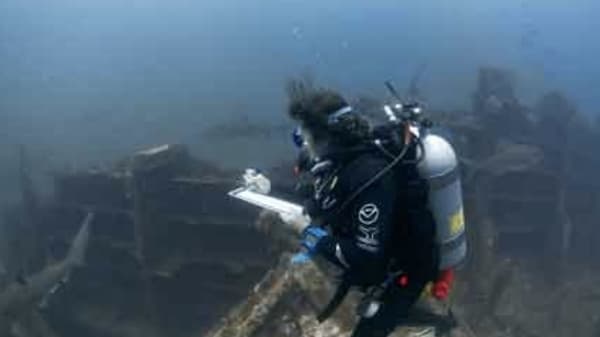
Maritime archeology is a field of study that provides many career opportunities based in science, technology, engineering, and mathematics (STEM). The focus of this lesson is the creation of a shipwreck site plan.
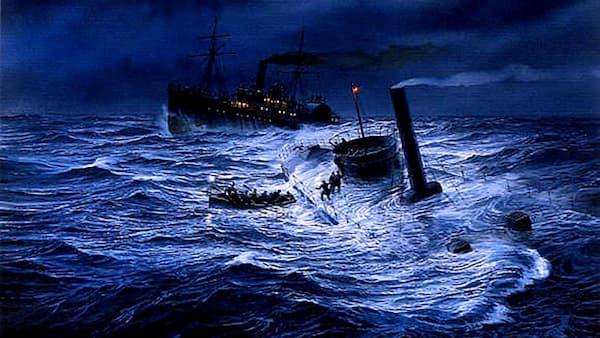
Create a replica of the U.S.S. Monitor Shipwreck through this origami tutorial.
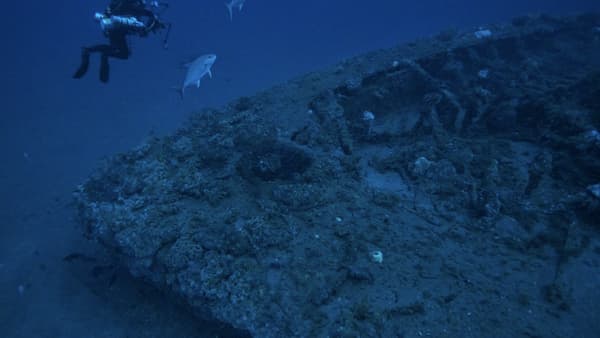
Test your knowledge of the Monitor with the Monitor shipwreck themed bingo game.
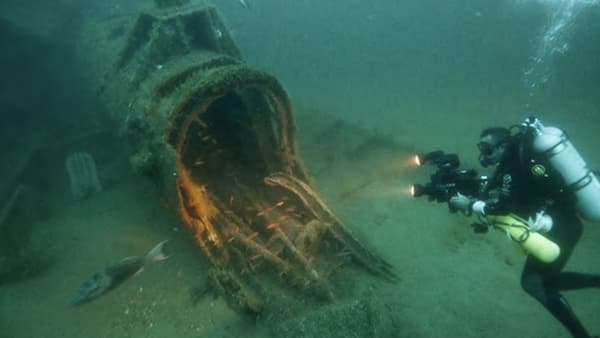
In this guide, students are introduced to the Great War. They will understand why the U.S. abandoned its ideas of isolationism, learn what life was like both on the front lines and at home, and discover how German U-boats came to North Carolina's coast.
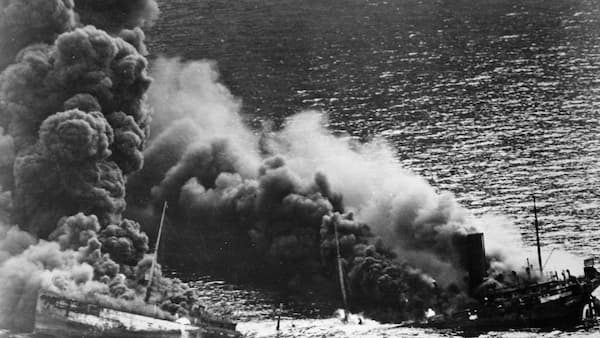
Once the U.S. entered the war in 1941, U-boats began to attack ships all along the East Coast and in the Gulf of Mexico, but it was off the coast of North Carolina where the war truly came home. In this guide, students are introduced to the causes of World War II, learn the importance of the Battle of Atlantic, and determine the role North Carolina played in the battle during 1942. They also explore life on the home front during the war, learn about the U.S. Merchant Marine as unsung heroes, and discover how NOAA works to preserve our nation's maritime heritage.